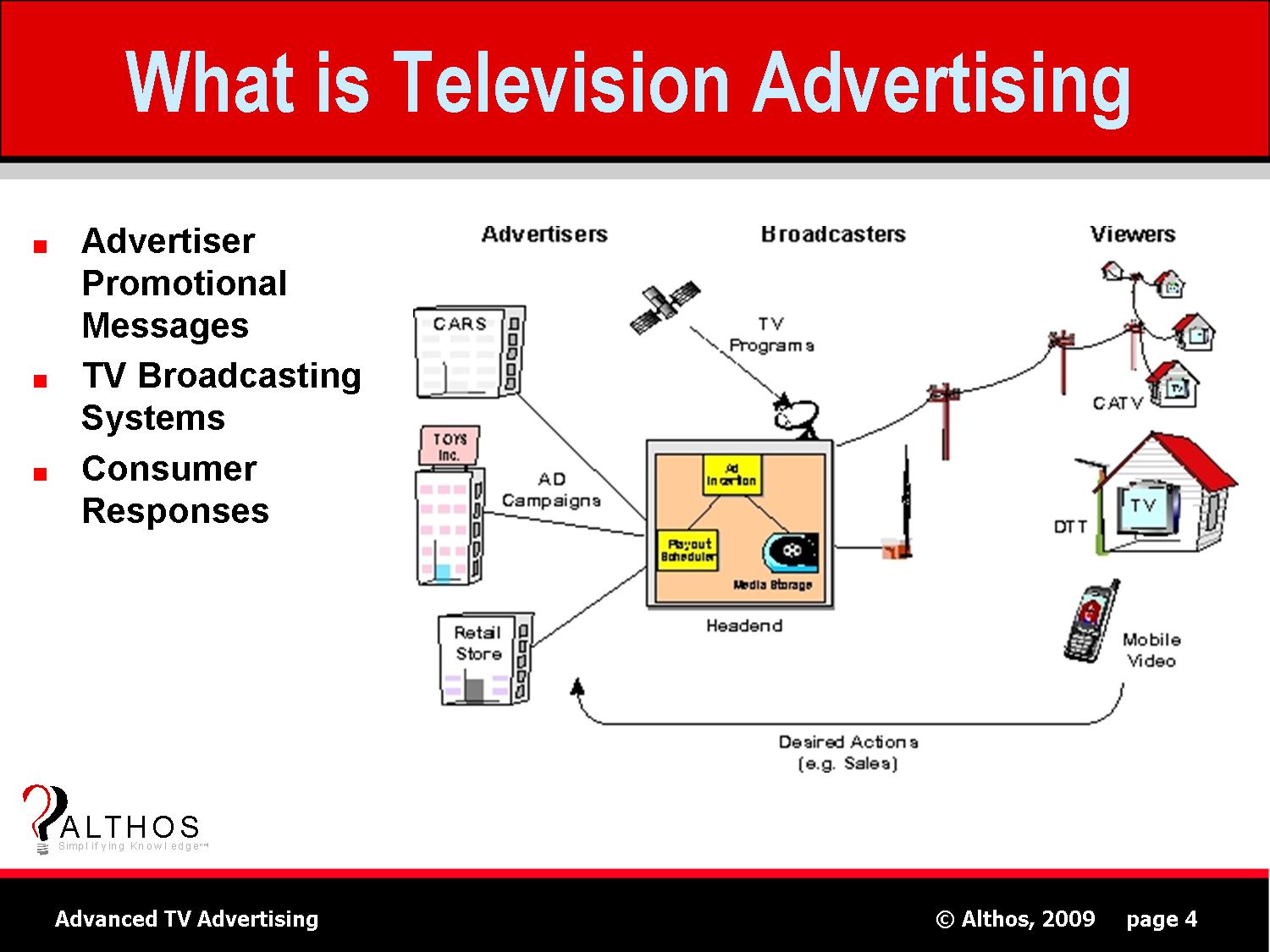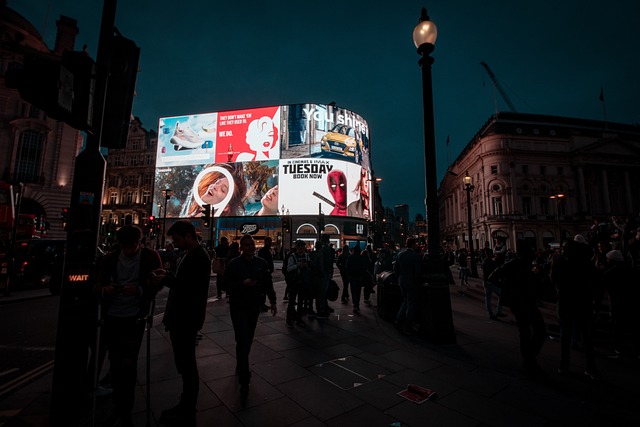
Funny print ads can make your advertising message standout. They can also help your audience remember your company and product by making them laugh. With a clever idea and a few funny images, your humorous print ad is sure to be noticed.
It may not be the right tagline for your product. However, it is the most popular tagline in the industry. This is probably the most memorable and clever print advertisement you've ever seen.
It's a pretty simple concept. But, it can be challenging to get your point across. Even a humorous print advertisement can't convey the important message fast enough. You cannot just tell people about your product, expecting them to buy it. It is important to convey the message in a compelling and relevant way.

Print ad creators often try to come up unique ads. However, it is possible that they will be different from the norm. For example, a Coca-cola print ad uses two hands to form a bottle shape, but it's not exactly clear what they're trying to convey.
A shock value is another way to grab attention. An example of this is the KFC print ad which plays on the famous tagline "It's finger licking good".
There are many types of funny print ads. There are many types of funny print ads. You can find anything from pet training advice to snack advertising, and you will be giggling. These 48 funny print ads will help you find the right one.
When writing a print advertisement, the most important thing is to make it eye-catching and informative. This means that you must be able explain your idea in just a few words and that it should stand out from the rest. Your advertisement will be remembered, and your bottom line will benefit with a little luck.

The best part is that a well-executed print ad can be just as effective as a video. Besides being easier to produce, print advertisements are cheaper than their video counterparts. Although they are still more expensive than online, they offer an extra element of creative control.
If you want your print ad to be a hit, you need to take the time to come up with a clever and unique design. You can create a memorable ad by using the same principles that are used in video production. You can make an ad that is memorable by keeping these points in mind.
Of course, the best way to make your print ad stand out is to create something that the public will actually want. A red cap is not the best choice if you're selling miniature PEPSI cans. Consider adding tiny pieces to your cans.
FAQ
What is the cost of advertising on social media?
If you decide to go this route, you should know that social media advertising is not free. You will be charged monthly depending on your time on each platform.
Facebook - $0.10 per 1,000 impressions
Twitter - $0.20 Per 1,000 Impressions (if you tweet).
If you send invitations, Linkedin: $0.30 per 1,000 impressions
Instagram: $0.50 per 1,000 impressions
Snapchat - $0.60 Per 1,000 Impressions ($0.40 per User)
YouTube - $0.25 for 1,000 views
Tumblr: $0.15 per 1,000 impressions of text posts
Pinterest - $0.05 per 1,000 impressions per month
Google + $0.15-$0.20 for 1,000,000 impressions
Tumblr - $0.15- $0.20 per 100,000 impressions
Vimeo - $0.20-$0.25 per 10,000 impressions
Soundcloud - $0.20 to $0.0.25 per 1 Million Plays
StumbleUpon - $0.20 -$0.25 per 1 billion pageviews
Digg: $0.20 – $0.25 per 1,000 diggs
Reddit - $0.20-$0.25 per 1000 comments
Wordpress – $0.20--$0.25 Per 500 Comments
Flickr - $0.20 -- $0.25 per 5,000 photo uploads
What are the basics of internet advertising?
Internet advertising has become an integral part any business strategy. It allows businesses to reach potential clients at a low price. However, there are many different types of internet advertising available. Some advertising is free and others are paid.
There are also several ways to advertise on the internet, including banner ads, pop-up ads, search engine optimization (SEO), pay-per-click (PPC) advertisements, social media marketing, e-mail marketing, and mobile marketing. Each method has its advantages and disadvantages.
What are the basics of television advertising?
Television advertising is a very effective medium to reach many people at once. It was also expensive. However, it can be powerful if you use the device correctly.
Although there are many types, TV ads share certain common characteristics. It is important to make sure that your TV ad fits into the appropriate category. If you're running a product commercial, don't try to run a lifestyle commercial as a product commercial. Your message should be consistent throughout the entire campaign.
A second important thing to keep in mind is that prime-time hours is the best time to air ads. This is because the majority of viewers will watch TV while they relax in front a set. You want them to be relaxed enough to focus on your words.
The bottom line is that even if you have a lot to spend, it doesn't necessarily mean you'll be able to get great results. However, this may not be true. The University of California conducted a study that found commercials shown on popular programs were less likely than those on non-popular programs to sell products. If you spend a lot of money advertising on TV, make sure it's done right.
What is an advertiser buyer?
Advertisers buy advertising space on television, radio, and print media.
An advertiser pays for the time they want their message to appear.
They do not always look for the best ads, but are looking for the most effective to reach their target audience.
The advertiser may have specific demographic information about their potential customers, such as age, gender, income level, marital status, occupation, hobbies, interests, etc.
These data can be used to help advertisers decide the most effective medium. Direct mail might be more effective with older customers, for example.
Advertisers also take into account the competition. If there are similar businesses nearby, they might choose to place their ads near those competitors.
In addition, advertisers consider the size of their budget and the amount of time they have to spend their money before it expires.
Is there a way to get no cost traffic?
Free Traffic refers to the traffic that comes directly from organic search results without paying for ads. This type is known as natural, or organic traffic. There are many ways to get free traffic, such as article marketing, social media marketing, blogging, etc.
Article Marketing is a popular way to get traffic for free. It has an extremely low cost-per-click (CPC). Paid ads have a higher CPC, but the CPC is typically much lower than paid ads. Content marketing is also known by the term article marketing.
Social Media Marketing - These social media sites, such as Facebook, Twitter or LinkedIn, allow you to advertise your business. These platforms are great for sharing updates, sharing photos, and building relationships with potential clients. Many businesses decide to purchase advertising space on social media sites to reach a wider audience and at a much lower cost.
Blogging - Another great way to generate traffic is blogging. High quality content will draw people to your blog. You can start to monetize your blog with the sale of products or services after you have attracted readers.
Email Marketing – Although email marketing was around long before the internet, it's still one of most effective ways to drive website traffic. Email marketing is an effective strategy to grow your subscribers and eventually sell things.
How can I select my target audience?
Begin with you and your closest friends. If you don't know where to begin, ask yourself, "who am I trying to reach?"
Ask yourself these questions: Who are the most influential people in my industry? What are their daily problems? Who are the smartest people in my industry? They hang out online.
Go back to the beginning when you started your business. What was your motivation for starting? What problem were you able to solve and how did this happen?
These answers will help you identify who your ideal clients are. They will also reveal their personality and reasons for buying from them.
It is also possible to look at the websites and social networks pages of your competitors to get insight into who they cater.
Once you've identified your target customers, you'll need to decide which channel(s) to use to reach them. A website might be created to reach home buyers, for instance, if your business provides services to agents in real estate.
A blog that targets small-business owners could be a possibility if you are a software provider.
If you sell clothing, you can create a Facebook fan page for teens. You could also set up a Twitter account if your restaurant is a business owner to help parents find kid-friendly restaurants.
The important thing is that you have many options for getting your message across.
What should you know about radio advertising
It is important to understand the interdependence of different media types. The most important thing to remember is that all forms of media are complementary rather than competitive.
Radio is best used as an extension of television advertising. Radio complements television advertising by reinforcing key messages or providing additional information.
Radio listeners often find TV commercials too lengthy. Radio ads are often shorter and cheaper.
Statistics
- It's 100% reliant on your website traffic. (quicksprout.com)
- Worldwide spending on advertising in 2015 amounted to an estimated US$529.43 billion. (en.wikipedia.org)
- This means that at least 50% of an ad needs to be shown on the screen for at least one second. (quicksprout.com)
- It collects money from the advertisers, keeps 32% for its role in facilitating the process, and the remaining 68% goes to the publisher (you). (quicksprout.com)
External Links
How To
What is the best way to advertise on Google?
AdWords is Google's advertising platform where businesses can buy ads based on keywords they want to target. Setting up your account is the first thing. First, you choose a campaign name. Next, you set the budget and select the ad type. Finally, add keywords. Next, you will bid for those keywords. Clicking on an ad will pay you only if it is clicked by someone who searched using one of your targeted keywords. This ensures that you are paid even if people do not buy anything.
Google has many tools available to make sure your ads are effective. These tools include Ads Preferences Manager and Keyword Planner. These let you determine which strategy is best for you business.
The keyword planner will help you decide which keywords you should use in your campaigns. It also shows you how much competition there is for certain keywords, helping you decide whether or not to spend money bidding on them.
Ads Preferences Manager allows you to modify settings like the maximum number impressions per day, and the minimum cost of each click.
Analytics lets you track the performance of your ads and compare them to competitors. You can also view reports showing how well your ads performed compared to others.